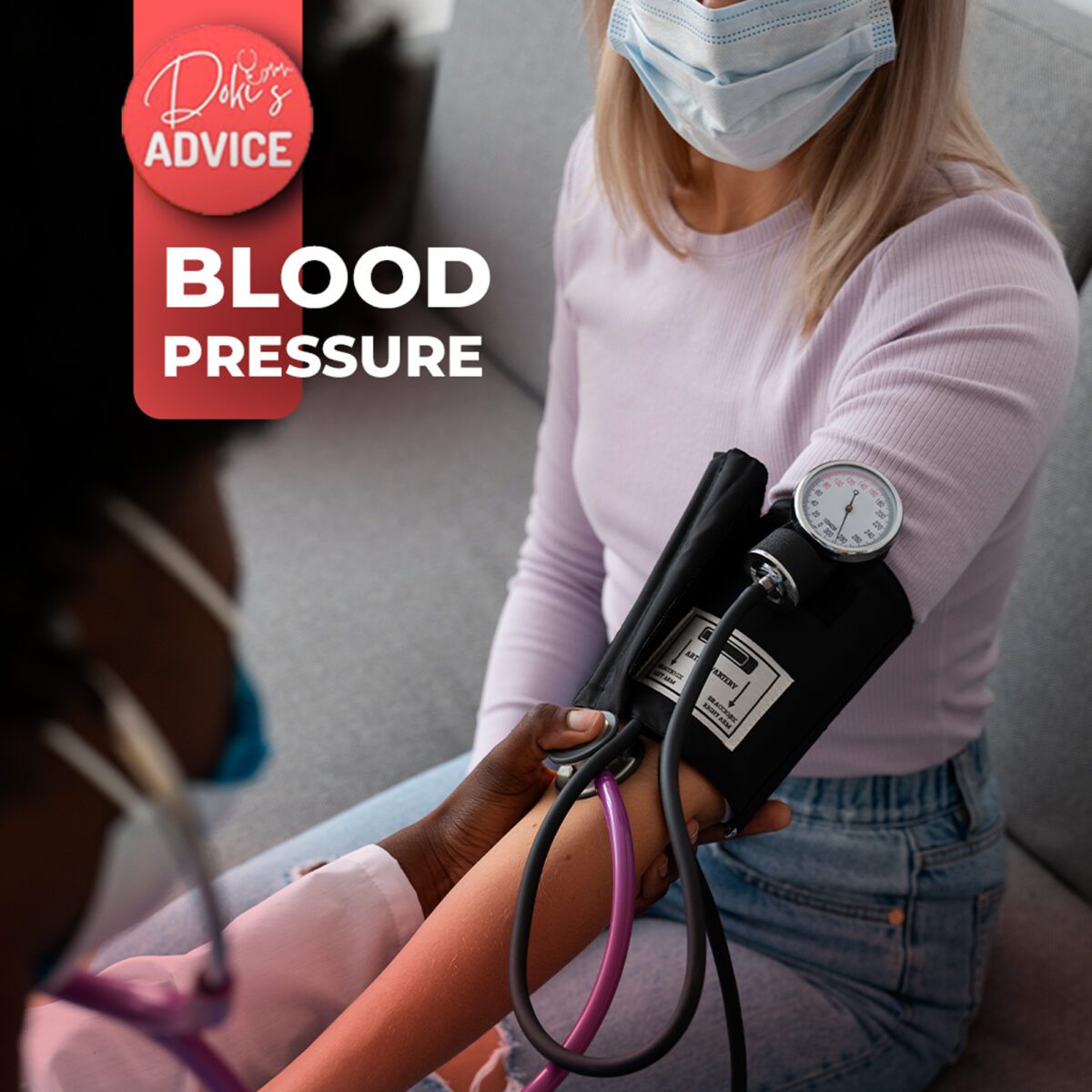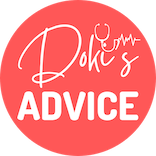Blood Pressure: Understanding, Risks, and Management

What is Blood Pressure?
Blood pressure is the force exerted by circulating blood on the walls of the arteries. It is measured in millimeters of mercury (mmHg) and recorded as two values:
- Systolic pressure: The pressure when the heart pumps blood.
- Diastolic pressure: The pressure when the heart is at rest between beats.
According to the World Health Organization (WHO), blood pressure is classified as follows:
| Category | Systolic (mmHg) | Diastolic (mmHg) |
| Optimal | <120 | <80 |
| Normal | 120–129 | 80–84 |
| High Normal | 130–139 | 85–89 |
| Hypertension Grade 1 | 140–159 | 90–99 |
| Hypertension Grade 2 | 160–179 | 100–109 |
| Hypertension Grade 3 | ≥180 | ≥110 |
A 24-hour blood pressure monitoring test confirms hypertension when the average values reach ≥130/80 mmHg.
Epidemiology of Hypertension: Kenya and Germany
Hypertension is a global health issue, affecting millions worldwide. In Germany, over 50% of individuals over 50 years old have high blood pressure. In Kenya, studies indicate that about 25% of adults have hypertension, though many remain undiagnosed due to limited healthcare access. Risk factors such as obesity, diabetes, and smoking significantly contribute to hypertension in both countries.
Signs and Symptoms of Hypertension
Hypertension is often called a “silent killer” because it may not cause symptoms for years. However, some people may experience:
- Headaches
- Dizziness
- Nosebleeds
- Shortness of breath
- Chest pain
- Vision problems
If left untreated, hypertension can lead to heart attacks, strokes, kidney disease, and other complications.
Types of Hypertension
Primary (Essential) Hypertension
- Accounts for 90% of cases.
- No clear cause, but influenced by factors like age, obesity, salt intake, smoking, alcohol, and stress.
Secondary Hypertension
- 10% of cases, caused by an underlying medical condition, including:
- Kidney diseases (e.g., glomerulonephritis, polycystic kidney disease)
- Hormonal disorders (e.g., hyperthyroidism, Cushing’s syndrome, pheochromocytoma)
- Obstructive sleep apnea
- Certain medications (e.g., NSAIDs, oral contraceptives, steroids)
- Substance abuse (e.g., alcohol, cocaine, amphetamines)
Diagnosis of Hypertension
Screening
Blood pressure can be checked regularly from age 18:
General Diagnostic Tests
- Medical history: Family history, lifestyle habits, medication use.
- Physical examination: blood pressure measurement, heart and lung assessment, body weight, waist circumference.
- Laboratory tests:
- Complete blood count (CBC)
- Kidney function tests (sodium, potassium, creatinine, eGFR)
- Blood sugar (fasting glucose, HbA1c)
- Lipid profile (cholesterol levels)
- Urine analysis (albuminuria test for kidney damage)
- Additional Tests (if needed):
- 24-hour ambulatory blood pressure monitoring
- Electrocardiogram (ECG) to assess heart function
- Ultrasound or CT scan (if secondary hypertension is suspected)
Treatment of Hypertension
Lifestyle Changes
- Reduce salt intake: high salt consumption raises blood pressure.
- Healthy diet: More fruits, vegetables, and whole grains; less saturated fat and sugar.
- Regular exercise: at least 30 minutes of moderate activity daily.
- Weight control: Maintaining a healthy weight reduces hypertension risk.
- Limit alcohol and quit smoking: both increase blood pressure and cardiovascular risks.
- Stress management: meditation, deep breathing, and adequate sleep.
Medication
Doctors may prescribe antihypertensive medications based on blood pressure levels and risk factors:
- ACE inhibitors (e.g., Ramipril, Lisinopril): Prevent blood vessel constriction.
- Angiotensin receptor blockers (e.g., Losartan, Valsartan): Similar to ACE inhibitors but with fewer side effects.
- Calcium channel blockers (e.g., Amlodipine, Verapamil): Relax blood vessels.
- Diuretics (e.g., Hydrochlorothiazide, Furosemide): Help the body eliminate excess salt and water.
- Beta-blockers (e.g., Metoprolol, Atenolol): Reduce heart rate and workload.
Treatment of Secondary Hypertension
Addressing the underlying cause is crucial. For example:
- Kidney disease: Treat the kidney disorder.
- Hormonal imbalance: Manage endocrine conditions.
- Medication-induced hypertension: Adjust or discontinue the medication.
Conclusion
Hypertension is a serious but manageable condition. Regular screening, lifestyle modifications, and medication (if needed) can help control blood pressure and prevent complications. Early detection is crucial in reducing the risk of heart disease, stroke, and kidney failure, and seeking medical advice from your doctor is vital.

